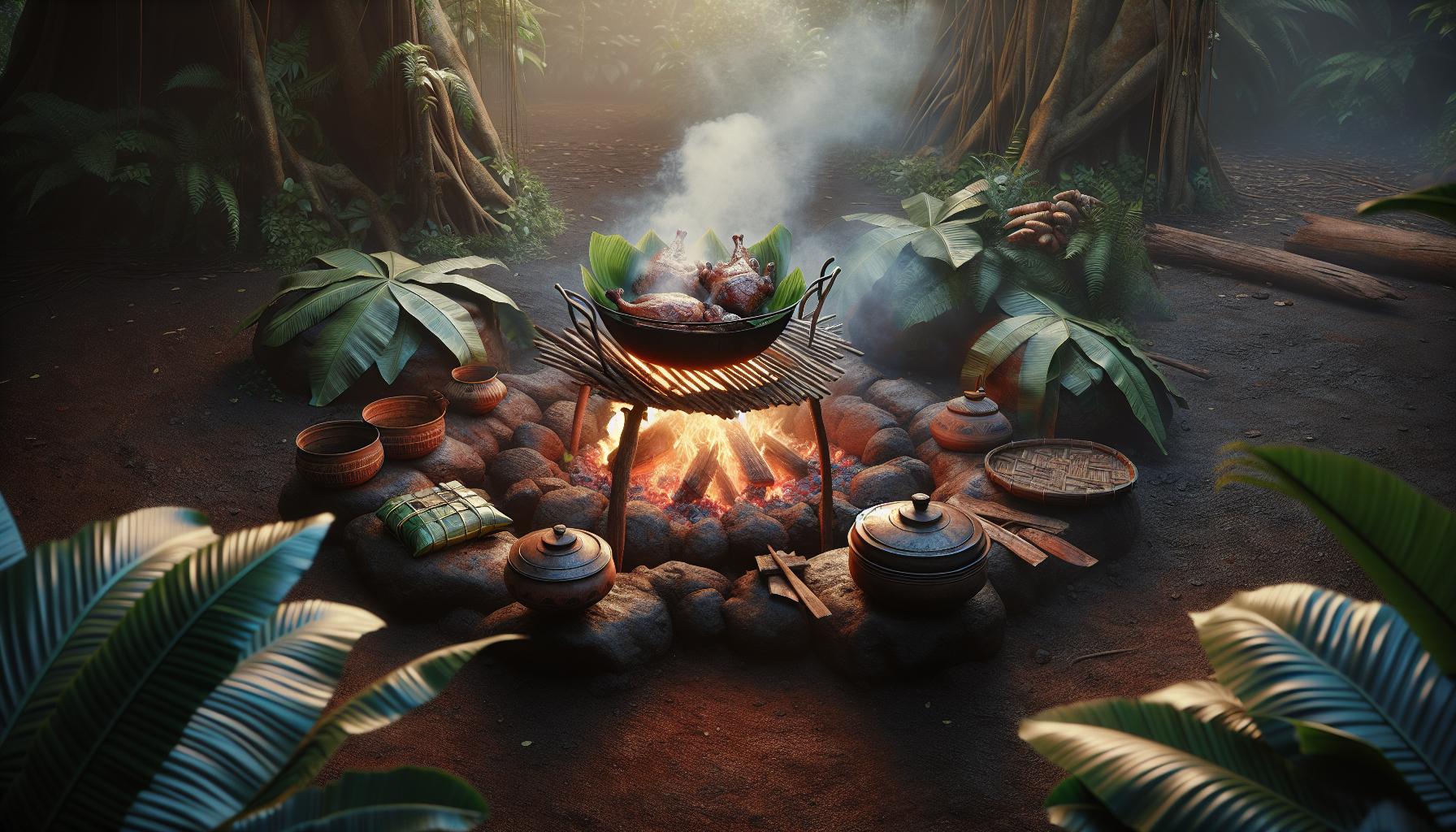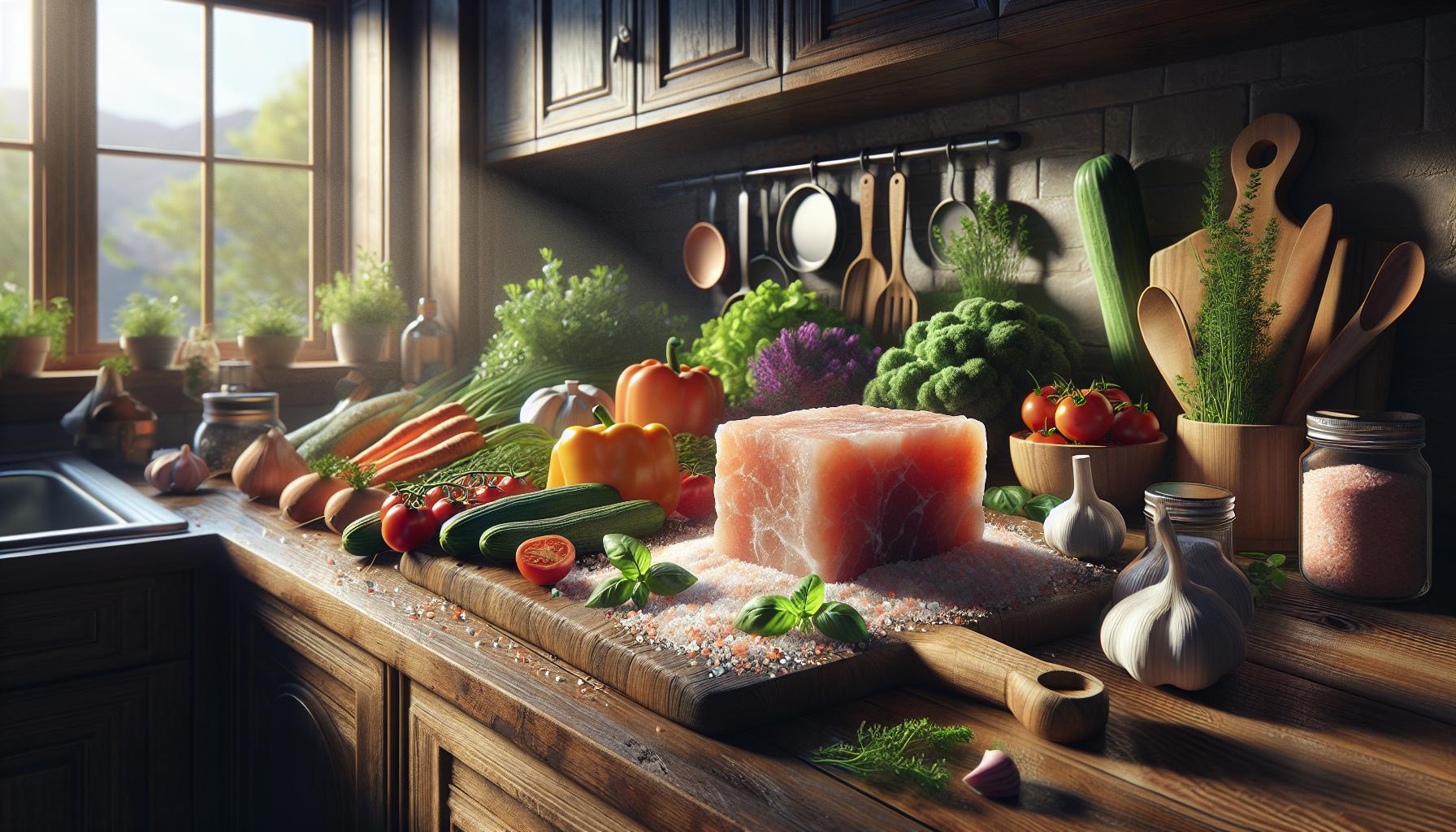Cooking has evolved far beyond the basic boil bake and fry methods that grandma used to swear by. Today’s culinary landscape brims with unique cooking techniques that transform ordinary ingredients into extraordinary masterpieces. From molecular gastronomy to ancient preservation methods making a comeback modern chefs are pushing the boundaries of what’s possible in the kitchen.
These unique cooking approaches aren’t just for professional chefs in fancy restaurants. Home cooks are discovering exciting ways to elevate their dishes using techniques like sous vide cold smoking and fermentation. They’re learning that a dash of liquid nitrogen or a sprinkle of umami crystals can turn Tuesday’s dinner into an Instagram-worthy spectacle that tastes as amazing as it looks.
Unique Cooking Techniques
Modern cooking methods combine scientific principles with culinary artistry to create innovative dining experiences. These unique cooking techniques transform ingredients through precise temperature control chemical reactions.
Molecular Gastronomy Basics
Molecular gastronomy applies scientific principles to cooking processes. The technique uses specialized ingredients like calcium chloride agar-agar to alter food textures. Chefs create edible spheres filled with liquid flavors through spherification, a process that encapsulates liquids in gel membranes. Common applications include transforming olive oil into powder converting fruit juices into caviar-like pearls creating foams from vegetable purees. The process requires specific equipment:
- Precision scales for exact measurements
- Anti-griddles for flash-freezing
- Immersion circulators for temperature control
- Food dehydrators for texture modification
- Liquid nitrogen systems for instant freezing
Sous Vide Precision Cooking
Sous vide cooking maintains exact temperatures through water immersion. This method seals ingredients in vacuum-sealed bags cooks them in temperature-controlled water baths. The technique produces consistent results across different types of proteins vegetables:
| Food Type | Temperature Range (°F) | Cooking Time |
|---|---|---|
| Fish | 120-140 | 30-45 min |
| Chicken | 145-165 | 1-4 hours |
| Beef | 130-155 | 1-48 hours |
| Vegetables | 180-185 | 1-2 hours |
- Immersion circulators
- Vacuum sealers
- Temperature probes
- Storage containers
- Heat-safe bags
Fire and Smoke Techniques

Fire and smoke unique cooking techniques transform raw ingredients through controlled heat and aromatic wood particles, creating distinct flavors and textures in food. These methods date back thousands of years and remain vital in modern cuisine.
Cold Smoking vs Hot Smoking
Cold smoking infuses food with smoky flavors at temperatures below 90°F (32°C) without cooking the ingredients. This technique works particularly well for salmon, cheese, nuts and spices. Hot smoking combines cooking and flavoring at temperatures between 165-250°F (74-121°C), producing ready-to-eat foods like smoked brisket, ribs or chicken. The choice of wood impacts the final flavor profile:
- Hickory creates rich, savory notes in red meats
- Applewood adds sweet, mild smoke to poultry and pork
- Mesquite delivers intense, earthy flavors to beef cuts
- Cherry wood provides subtle fruitiness to seafood
Traditional Pit Cooking
Pit cooking involves digging a hole in the ground, lining it with hot coals or stones and layering food with aromatics. This ancient method creates tender, flavorful dishes through slow cooking:
- Hawaiian imu uses banana leaves to steam whole pigs
- Polynesian umu combines hot rocks with layers of taro and fish
- Mexican barbacoa wraps meat in agave leaves underground
- Native American cooking pits utilize sage and cedar for game meats
The temperature maintenance relies on proper pit depth (4-6 feet) and insulation materials like burlap or palm fronds. Traditional pit masters use specific hardwoods or lava rocks to achieve consistent heat distribution throughout the 6-12 hour cooking process.
Alternative Heat Sources

Alternative cooking methods utilize unconventional heating elements to create unique flavors and textures in food. These unique cooking techniques offer sustainable cooking solutions while introducing distinct culinary characteristics to dishes.
Salt Block Cooking
Himalayan salt blocks transfer heat evenly while infusing food with subtle mineral flavors. The crystalline structure of these pink-hued blocks maintains temperatures between 200°F and 500°F, making them ideal for cooking proteins, vegetables or serving cold dishes. Cooking on salt blocks requires proper tempering through gradual heating to prevent cracking. Foods prepared on these blocks absorb beneficial minerals including calcium, magnesium, potassium while developing a delicate salinity that enhances natural flavors.
Hay Box Cooking Methods
Hay box cooking utilizes retained heat to complete the cooking process after initial heating. This method involves bringing food to a boil then transferring it to an insulated container lined with hay, wool or modern insulating materials. The trapped heat continues cooking food for 4-8 hours without additional energy input. Common hay box dishes include stews, grains, legumes or root vegetables. This technique reduces energy consumption by 80% compared to traditional stovetop cooking while preserving nutrients through slow, gentle heat distribution.
Fermentation and Curing

Fermentation and curing transform raw ingredients into complex flavor profiles through controlled microbial activity and preservation techniques. These methods enhance food preservation while developing unique tastes textures.
Traditional Fermentation Processes
Fermentation relies on beneficial microorganisms to convert sugars and starches into acids alcohol or gases. Lacto fermentation creates classic dishes like sauerkraut kimchi pickled vegetables through the action of lactic acid bacteria in a 2-5% salt brine solution. Asian cuisine features numerous fermented soy products including miso tempeh natto which develop through specific bacterial cultures over 3-12 months. Fermented dairy products emerge from different bacterial strains: kefir requires 24 hours at room temperature while aged cheese develops over 60-360 days in temperature controlled environments.
Dry Aging at Home
Dry aging meat involves storing cuts in temperature controlled environments at 34-38°F with 80-85% humidity for 14-28 days. The process creates concentrated flavors through moisture loss while natural enzymes break down muscle fibers increasing tenderness. A dedicated refrigerator with proper air circulation enables home dry aging using premium cuts like ribeye strip loin prime rib. Salt curing combines with air drying in charcuterie creating prosciutto coppa bresaola over 3-12 months through precise temperature humidity control. The meat loses 30% of its initial weight concentrating proteins developing complex umami flavors.
International Cooking Methods
Traditional cooking methods from different cultures showcase unique techniques that enhance flavors through specialized equipment and time-honored practices. These methods reflect the deep connection between local ingredients, cultural heritage and cooking innovations.
Asian Clay Pot Techniques
Clay pot cooking originated in China over 5,000 years ago, using unglazed earthenware to create dishes with concentrated flavors. The porous nature of clay pots allows steam to circulate while retaining moisture, creating tender meats and perfectly cooked rice. Chinese clay pot rice combines raw rice, meat, vegetables and seasonings in a single pot, developing a crispy bottom layer called “guoba.” Japanese donabe pots feature thick walls that distribute heat evenly, making them ideal for hot pot dishes, soups and stews. Korean earthenware “ttukbaegi” specializes in slow-cooking stews like sundubu jjigae, where the pot’s heat retention properties allow flavors to develop gradually.
Latin American Earth Oven Cooking
Earth oven cooking methods across Latin America utilize underground pits to create tender, smoky dishes through slow cooking. Pachamanca, a Peruvian technique, layers meat, potatoes and herbs between hot stones in an earthen pit. Mexican barbacoa traditionally wraps meat in maguey leaves before placing it in a pit lined with burning coals. The Mapuche people of Chile use “curanto” pits, alternating layers of seafood, meat and vegetables with hot stones and nalca leaves. Brazilian indigenous communities practice “moquém” cooking, where food suspended over a shallow pit absorbs smoke from aromatic woods. These earth ovens maintain consistent temperatures between 180-250°F (82-121°C) for 6-12 hours.
Pushing The Boundaries of Culinary Innovation
The world of unique cooking techniques continues to evolve as chefs and home cooks push the boundaries of culinary innovation. From molecular gastronomy to ancient preservation methods these diverse approaches offer endless possibilities for creating extraordinary dishes. Whether it’s the precision of sous vide the aromatic allure of smoking or the transformative power of fermentation each technique brings its own unique contribution to modern cuisine.
The blend of traditional wisdom and contemporary innovation has created a rich tapestry of cooking methods that enhance both flavor and presentation. These unique cooking techniques not only preserve culinary heritage but also pave the way for exciting gastronomic discoveries that will shape the future of cooking.

